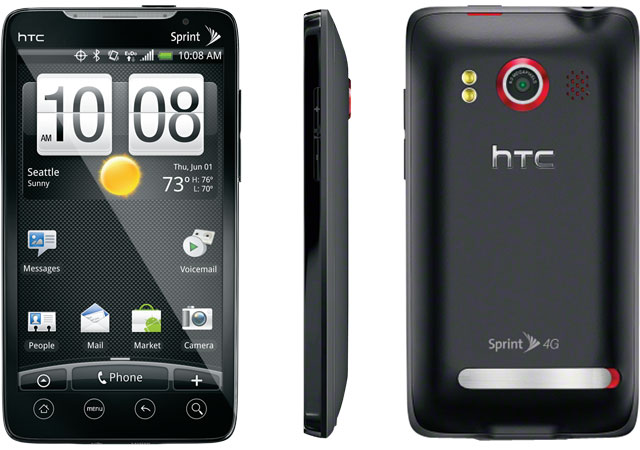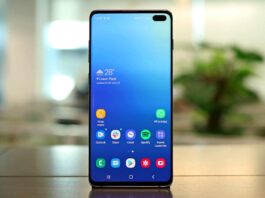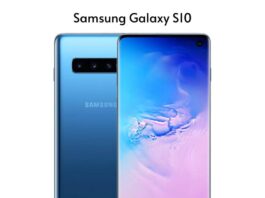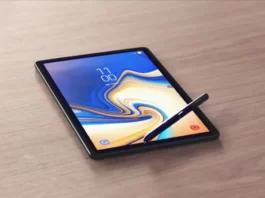Introduction: The HTC Evo 4G phone was released in 2010 and quickly made a name for itself as one of the most advanced smartphones of its time. In this review, we’ll dive into the phone’s specifications and features to see what made it stand out from the competition and become a game-changer in the mobile industry.
Specifications:
- Display: 4.3-inch TFT LCD touchscreen with 480 x 800 pixel resolution
- Processor: Qualcomm Snapdragon QSD8650 1 GHz
- RAM: 512 MB
- Storage: 1 GB internal storage, microSD card slot (supports up to 32 GB)
- Operating System: Android 2.1 (upgradable to 2.3)
- Rear Camera: 8-megapixel camera with autofocus, dual-LED flash, and 720p HD video recording
- Front Camera: 1.3-megapixel camera for video calls
- Battery: Removable 1500 mAh Li-Ion battery with up to 6 hours of talk time and up to 146 hours of standby time
- Connectivity: 4G LTE, Wi-Fi, Bluetooth 2.1, GPS
- Dimensions: 122 x 66 x 13 mm (4.8 x 2.6 x 0.5 in)
- Weight: 170 g (6 oz)
- Colors: Black, White
Design and Display: The HTC Evo 4G had a large 4.3-inch TFT LCD touchscreen that displayed vivid, high-quality images and was perfect for browsing the web, watching videos, and playing games. The device had a sleek, black design with red accents that made it stand out from other smartphones on the market. The overall dimensions of the phone made it easy to handle and use, despite its large display.
Software and Performance: The HTC Evo 4G ran on the Android 2.1 operating system, which was later upgradable to version 2.3. The device featured a range of built-in apps, including Google Maps, Gmail, and YouTube, and supported third-party apps from the Android Market. The phone’s Qualcomm Snapdragon QSD8650 1 GHz processor and 512 MB of RAM ensured smooth, speedy performance, even when running multiple apps at the same time.
Connectivity: The HTC Evo 4G was the first phone to support 4G LTE connectivity, which offered lightning-fast data speeds and smoother video calling. The device was also equipped with Wi-Fi, Bluetooth 2.1, and GPS capabilities, making it an ideal device for people on the go. Its 8-megapixel rear camera with autofocus and dual-LED flash, as well as its 1.3-megapixel front camera, made it an ideal choice for photography enthusiasts and video calling.
Conclusion: The HTC Evo 4G was a game-changer in the mobile industry, offering advanced features and specifications that were ahead of their time. Its large display, powerful software, and lightning-fast 4G LTE connectivity made it a popular choice for mobile enthusiasts. While the device may seem outdated by today’s standards, it will always be remembered as a device that helped to usher in a new era of mobile communication.




